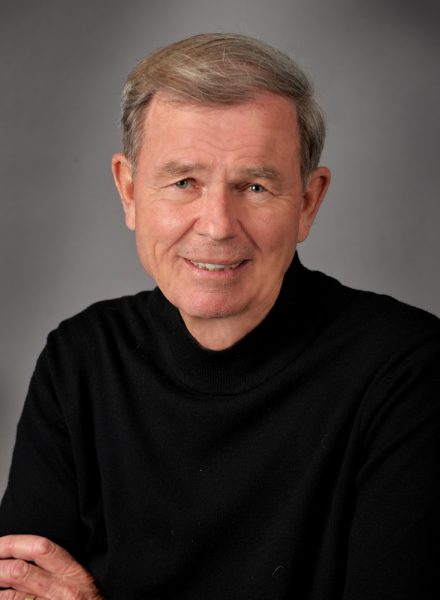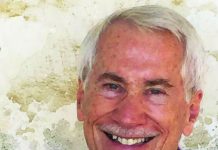The More You Learn

The Beautiful Wife and I are back in bucolic Midway Utah, high in the Wasatch Range of the Rocky Mountains. Midway is a “Lake Woebegone” kind of place where the women are strong, the kids all above average, and pickup trucks include a dog in back. The BW’s great-grandfather, Swiss immigrant Johannes Huber, was a founder of Midway, settling on Snake Creek, which leads to a story.
Snake Creek was well named for thousands of rattlesnakes greeted the settlers and that was a problem. The snakes had some use for when killed snake oil was extracted and sold for medicinal use. There was something to that old term, “snake oil salesman.” But the number of snakes was overwhelming; a better method of eliminating them was needed.
You’ve likely heard the legend of St. Patrick driving the snakes out of Ireland. It’s a story with religious overtones as snakes were considered symbolic of evil. An enterprising passer-by offered to clear Snake Creek of snakes with the fee due only if he succeeded. The only advance requested was feed for his hogs. The settlers cautiously agreed.
The stranger returned driving a herd of hogs which fattened on the provided feed. The hogs, it turned out, considered rattlesnakes a delicacy and their new layers of fat protected from bites. The herd grazed up and down Snake Creek, dining on snakes and before winter came the settlers could safely walk their fields. The stranger collected his fee, sold his fattened hogs for a nice profit, and continued on his way, counting his money.
Johannes Huber and wife Mary settled on the creek, growing wheat, oats, onions, potatoes, lucerne hay (alfalfa) and milking their cows. A cooperative creamery, cooled by water from the creek, was built with neighbors for making Swiss cheeses. Huber came from an apple-growing area of Switzerland and became the “Johnny Appleseed” of this valley; the groves he planted along Snake Creek still produce.
The land is now part of a state park, a scenic golf course covering the fields they once farmed. The Huber home and creamery have been preserved with plaques telling their story. The BW and I wandered through the property, reading the plaques. One, by a century-old willow tree, told the sad story of three-year-old daughter Matilda drowned in Snake Creek while playing out of her mother’s sight. The weeping willow, planted as a memorial, still reminds of the family’s sorrow.
Huber was a Renaissance man for besides farming he wrote poetry and hymns, led the town choir, served on the first school board, and kept the history of the town in his journals. One plaque had some 19th century Huber wisdom that caught my attention: “The more you learn, the more you see. There is no end.” I’ve been thinking about his message, written before the Internet delivered the knowledge of the world to our desktops. There’s meaning in that.
Skip fell in love with Laguna on a ‘50s surfing trip. He’s a student of Laguna history and the author of Loving Laguna: A Local’s guide to Laguna Beach. Email: [email protected]




